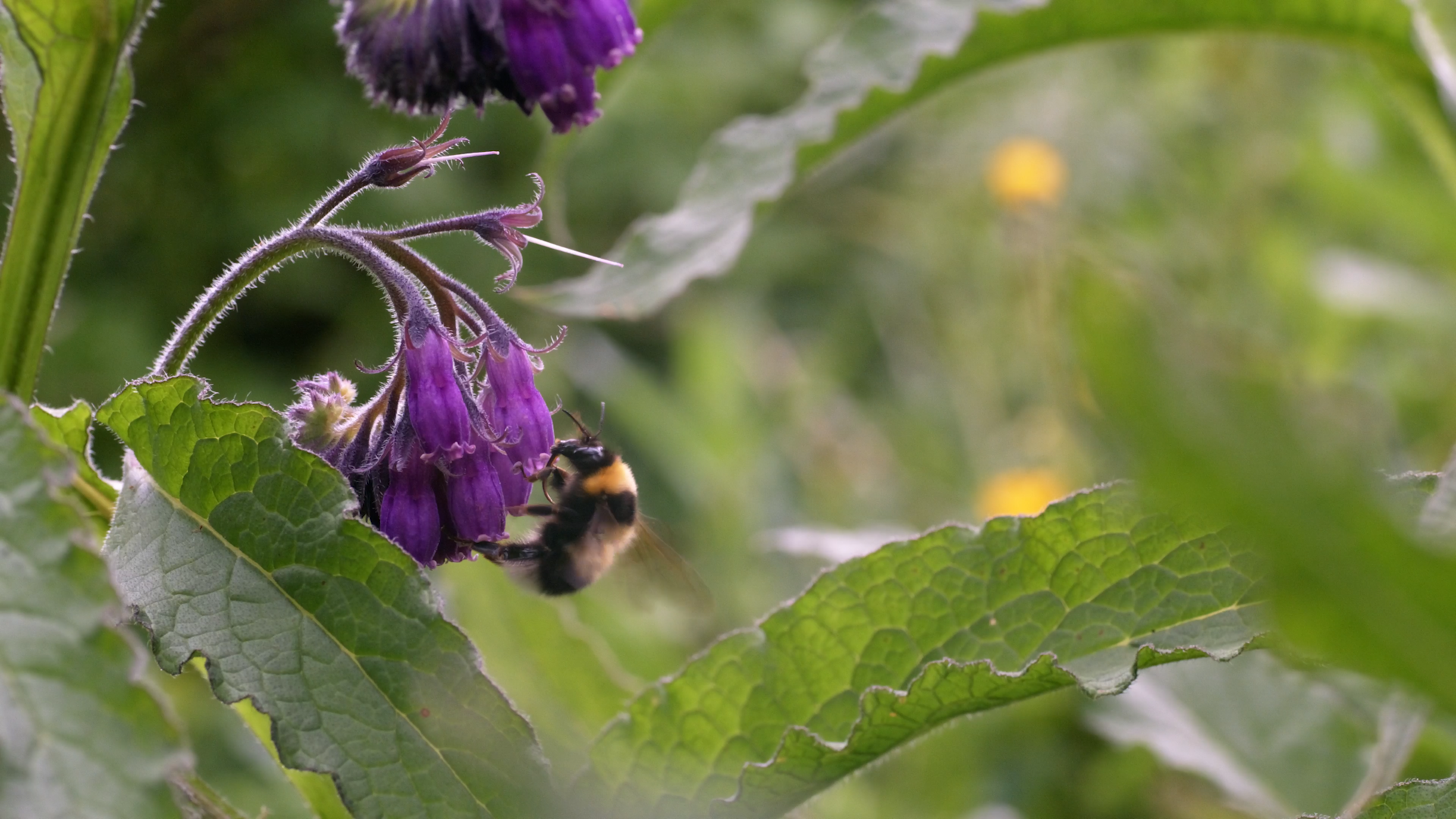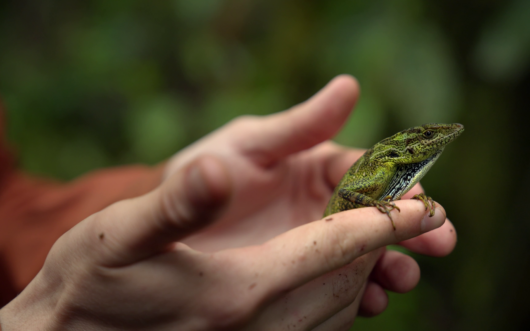Pawpaws are in season, ocean waves gain rights, and salmon can swim freely in the Klamath
Fall Pawpaw Festivals Want You to Consider America’s Forgotten Fruit
Did you know that the United States has a native fruit with a custard-like texture and mango-banana flavor? If you’re like most people, the answer is probably no. While the pawpaw has long been enjoyed by humans and a variety of native mammals, the fruit’s brief harvest window and short shelf life made it a non-starter for modern mass production. Because of that, it was never commercially cultivated on a large scale.
But now, the pawpaw is gaining traction with small-scale farmers as a low-input, high-value crop, Civil Eats reports. Pawpaw festivals around the eastern United States are helping farmers introduce the fruit to a new generation, making it a poster child for a more sustainable, localized approach to agriculture. In addition to producing delicious fruits, the pawpaw tree is naturally adapted to the climate of its native range, and benefits pollinators like the zebra swallowtail butterfly, which lay their eggs only on this plant.
Interested in trying a pawpaw for yourself? Check for pawpaw festivals in your area around the fruit’s peak harvesting season in September and October.
Salmon Will Swim Freely in the Klamath River Once More
The largest dam removal project in U.S. history is complete, giving salmon free passage through the Klamath River for the first time in more than a century. The last of four dams came down this month. This hard-won victory is celebrated by local tribes, which have fought for the removal of the river’s dams for the past 25 years.
“Seeing the river being restored to its original channel and that dam gone, it’s a good omen for our future,” Leaf Hillman, ceremonial leader of the Karuk Tribe, told the Associated Press.
To learn more about the long-running quest to remove dams from tribally important rivers in the West, and how dam removal can benefit river ecosystems, check out the Wild Hope episode “The Beautiful Undammed.”
New App Warns People of Approaching Elephants
A new app launched in Assam, India sends an alert to people in the path of approaching elephants, enabling them to get out of the way in time to avoid an altercation. The app seeks to act as a violence-free solution to reduce human-elephant conflict, which has become more common in the state as humans encroach into elephant habitat. It also includes a feature for people to request compensation if they do sustain an elephant-caused injury, the BBC reports.
The Haati app isn’t the only new technology rolling out to reduce clashes with wildlife in India. In the state of Madhya Pradesh, AI-assisted cameras identify tigers as they approach villages, providing a similar alert system to give people time to move their livestock out of harm’s way. To learn more about how technology is being used to peacefully reduce clashes with wildlife, watch the Wild Hope episode “AI of the Tiger.”
Solar Farms Can Be Good for Pollinators, Too
Solar power plants that cultivate native meadows are showing promising results for pollinators. At two solar sites in Minnesota — Atwater Solar Site and Eastwood Solar Site — researchers found that the abundance of native bees grew twenty-fold over five years in plots planted with native flowers, The New York Times reports. This is a hopeful sign that large-scale solar can boost biodiversity while tackling climate change — if done correctly. Native plants are key, and taller solar panels enable wildlife to use the spaces under — not just around — the rows of panels. A new certification in the works could incentivise more widespread pollinator protections on solar farms in the future.
Want to know how to make your own plot of land more pollinator-friendly? Watch the Wild Hope episode “Gardener to Guardian” and check out the Wild Hope guide to making native flower seed bombs!
Brazilian City Grants Patch of Ocean Legal Personhood
In a world first, a group of ocean waves have been granted legal personhood. Now, they have “the intrinsic right to existence, regeneration, and restoration,” Hakai Magazine reports.
The city of Linhares in southeast Brazil passed the law in August eight years after a dam collapse sent brown sludge from an iron ore mine pouring out of the Doce River. The deluge killed fish and other marine life, and changed the flow of water out into the Atlantic Ocean. This disrupted the long, tube-shaped waves at the mouth of the river, which are particularly prized by surfers.
Local surfers, Indigenous groups, and other affected residents banded together to fight for more robust legal protections for their beloved patch of ocean. The resulting law is the latest in the growing “rights of nature” movement, which acknowledges the inherent rights of species, rivers, and even entire ecosystems.
For more rights of nature success stories, check out the Wild Hope episodes “Does Nature Have Rights?” and “Protecting Paradise.”




